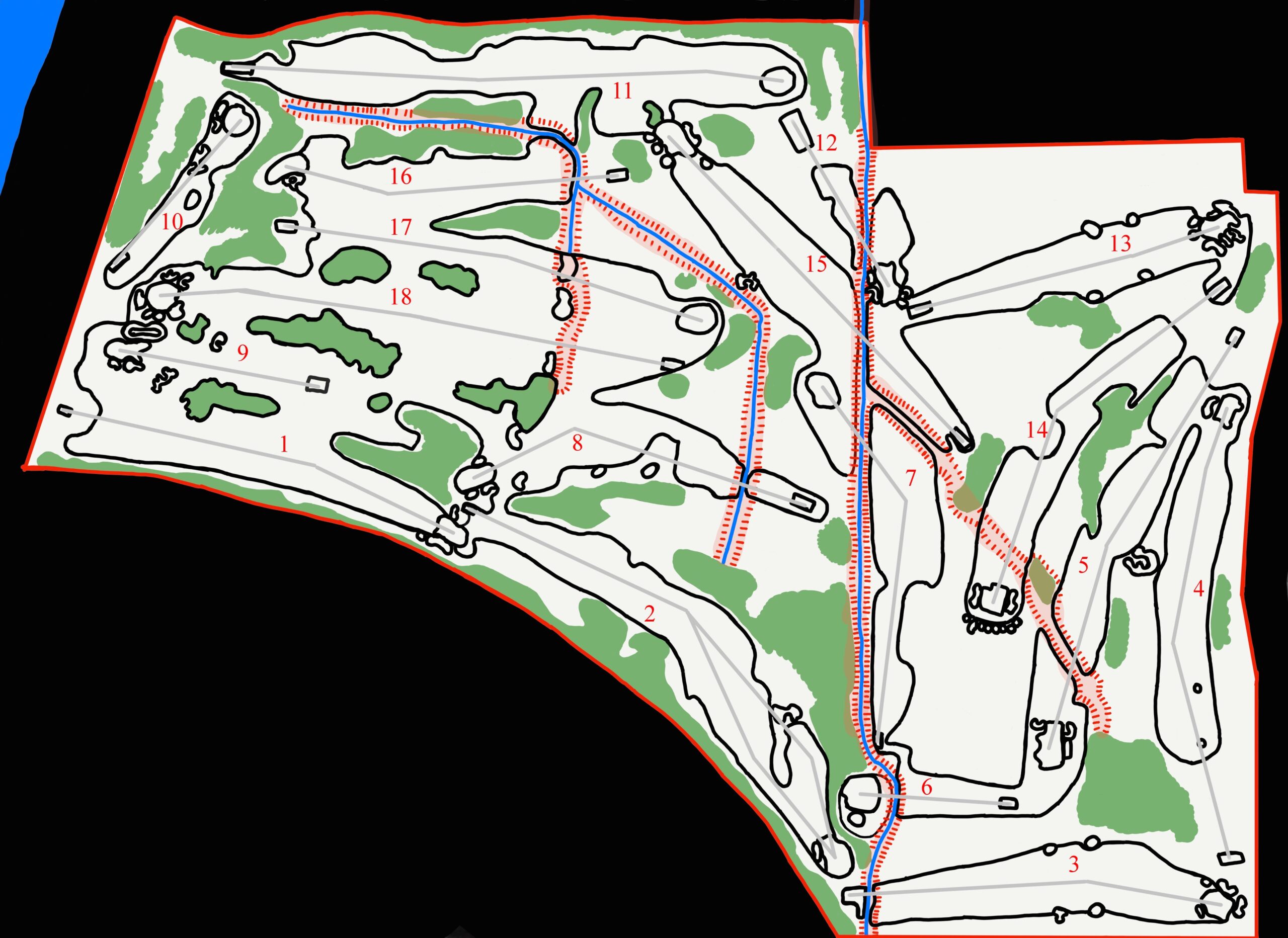Golf architecture in Canada has long been tied to the reputation of Stanley Thompson, even in modern times. Doug Carrick and Thomas McBroom both come from the Thompson family tree through Robbie Robinson, and even Rod Whitman, who studied under Pete Dye in the United States, is constantly drawing comparisons to The Toronto Terror. It comes as no surprise that clubs often claim Stanley Thompson’s architecture pedigree, even if that is not the case. An easy mistake to make is to claim Stanley Thompson when the firm Thompson, Cumming, & Thompson built the golf course. Yes, Stanley Thompson was a partner in that firm, but Stanley was young, and during that era, it was common for George Cumming, the famed Toronto Golf Club Professional, to take the reins and design the golf course. Stanley’s portfolio grew once he left the firm on his own; in Thompson, Cumming, & Thompson, the firm was heavily reliant on Nicol Thompson (Stanley’s brother) and George Cumming. At this Windsor area club, however, Devereux Emmet laid out the golf course, with construction help from Thompson, Cumming, and Thompson; yet it remains virtually unknown for most Canadians, and the club neglects Emmet’s involvement.
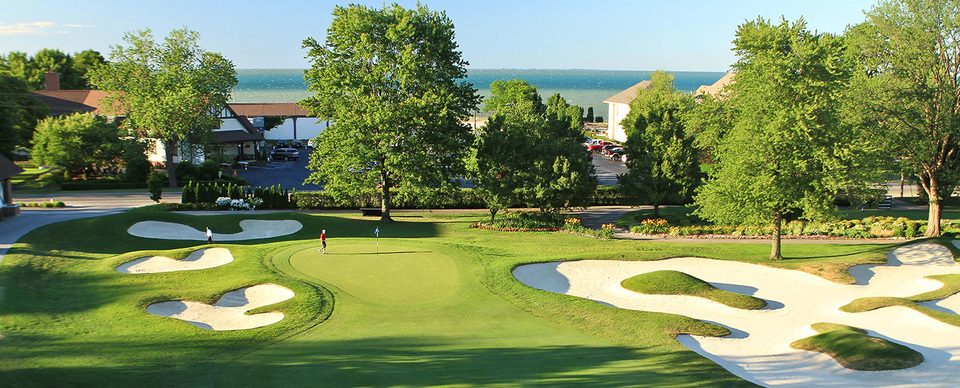
In some respects, it becomes easy to understand why this is the case. Emmet is not a name Canadian golfers should recognize, and he is certainly not as important as Stanley Thompson to Canada. Claiming to be a Thompson seems to be an easy marketing strategy, and certainly understandable if the firm helped with construction. Like Walter Travis, Herbert Strong, Wayne Stiles and Kevin Van Kleek, and more, Emmet is one of the Golden Age’s best-kept secrets to the general public, but worthy of the modern praise we give Ross, Mackenzie, Thompson, Tillinghast, and more.
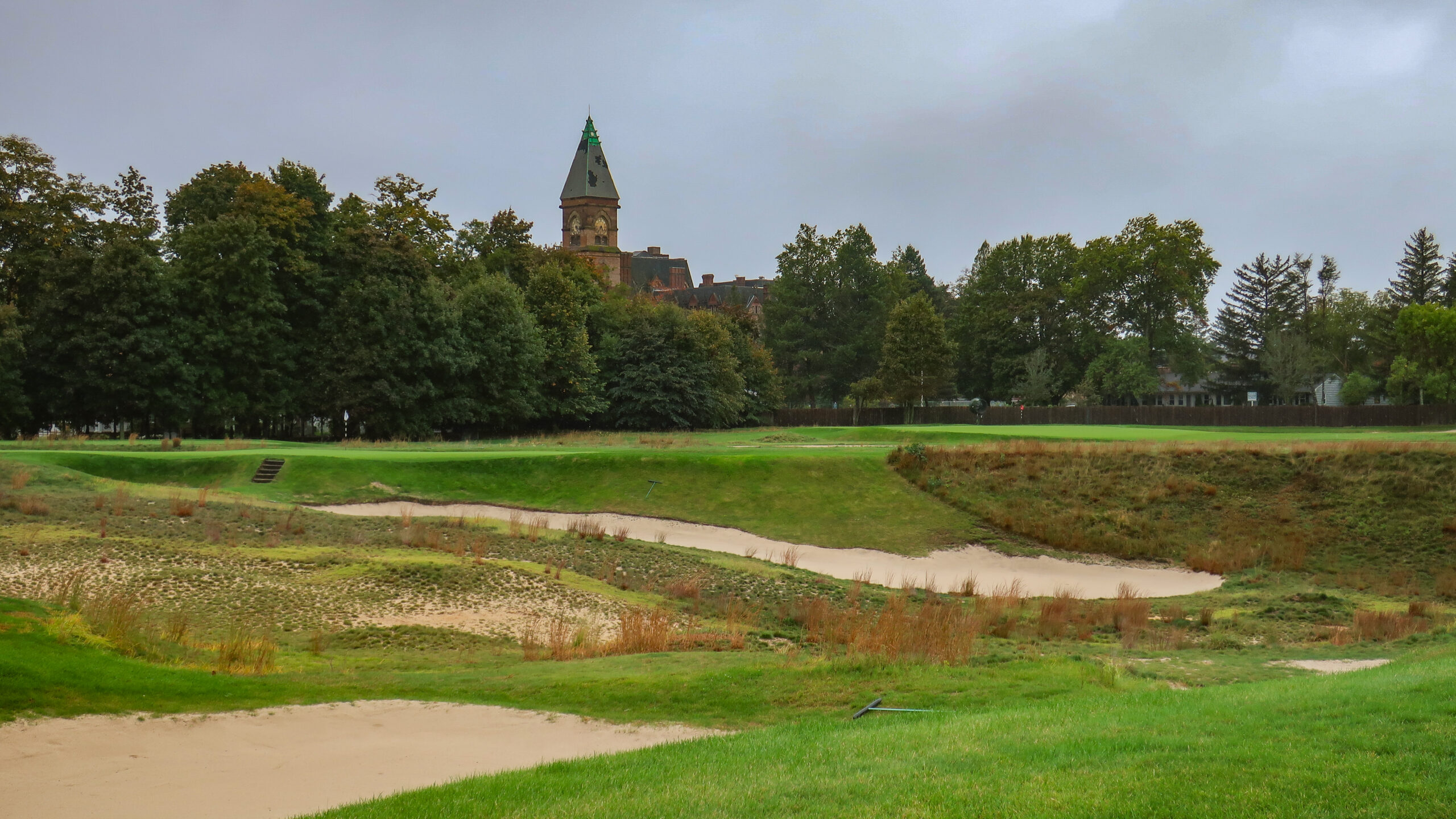
A graduate of Columbia University, Devereux Emmet was born just outside New York City in 1861. Like a lot of architects who went on to build golf during golf’s Golden Age, Emmet was an accomplished golfer, reaching the quarter-finals in the 1904 British Amateur championship at Royal St. George’s. Said to be friends with C.B. Macdonald, who would go on to build National Golf Links of America (among others), Emmet toured holes in the British Isles for Macdonald, sketching out concepts that would later be used when building NGLA. Of his notable own designs, Garden City Men’s Club ranks supreme. However, he is also responsible for the original 36 holes at Congressional near DC, Keney Park in Hartford, Leatherstocking in upstate New York, and in recent years, St. George’s on Long Island has begun to gain quite a bit of traction with well-travelled golfers.
Beach Grove Golf & Country Club
What if we told you that Beach Grove, a golf course in Windsor claiming to be a Stanley Thompson, was actually a Devereux Emmet? Even better, the routing is almost identical, with the same corridors as Emmet’s course? Emmet’s lone Canadian design is simply cosplaying as a Stanley Thompson, waiting to be restored.
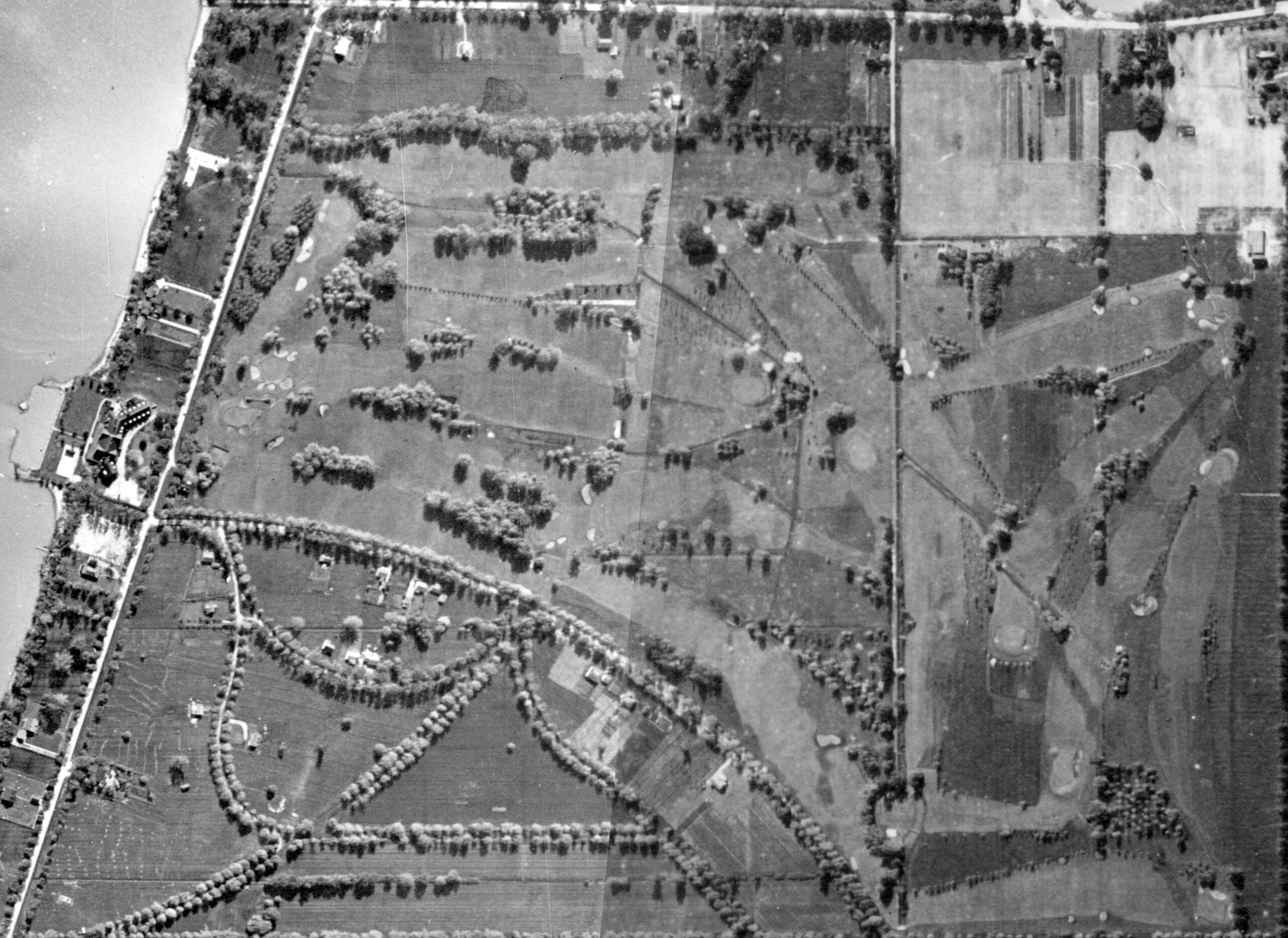
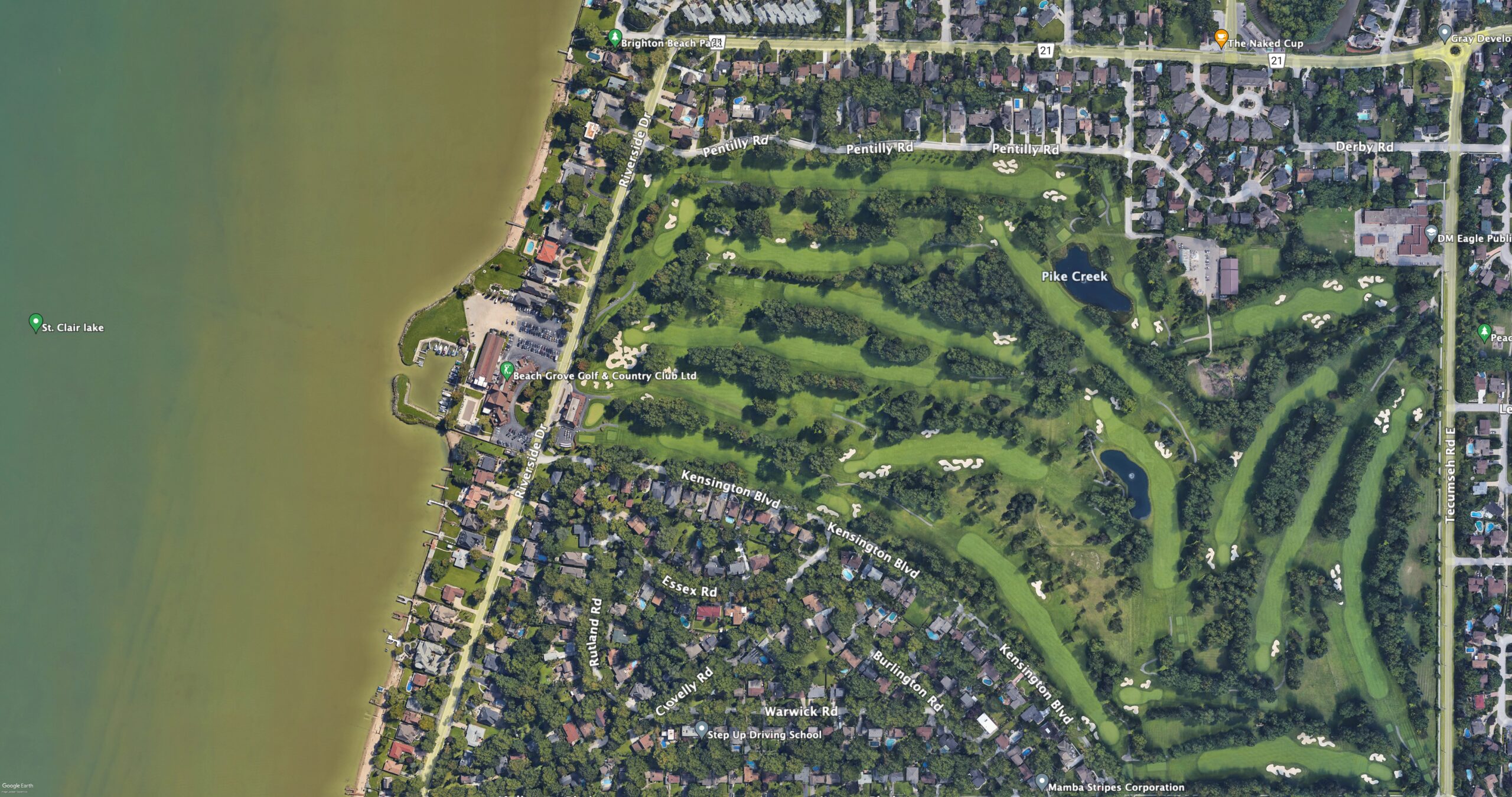
According to The Canadian Golfer, Beach Grove is the product of Devereux Emmet, though the name has changed from St. Clair Beach Golf Club to Beach Grove Golf & Country Club: “‘The links have been laid out by Mr. Devereux Emmet of New York, and are being constructed by Lewis & Valentine Inc., of New York, in conjunction with Thompson, Cumming & Thompson of Toronto. As Windsor-born Canadian architect Jeff Mingay wrote in a July 27, 2002 posting on Golf Club Atlas, the club’s board minutes indicate the course was laid-out by Devereux Emmet of New York, with Thompson, Cumming, & Thompson supervising construction, confirming The Canadian Golfer‘s article.
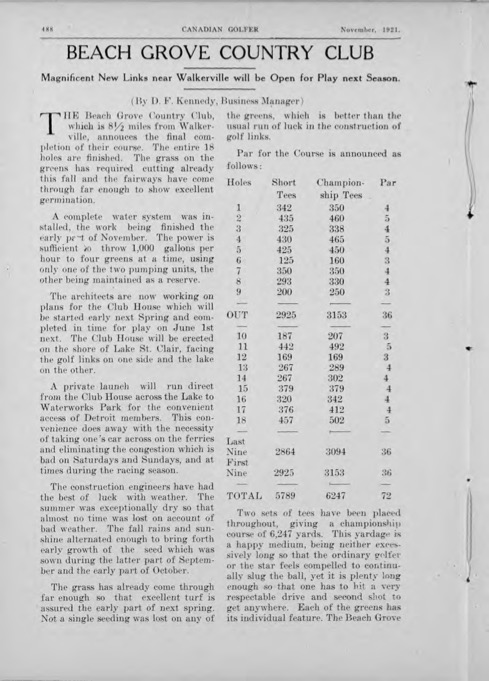
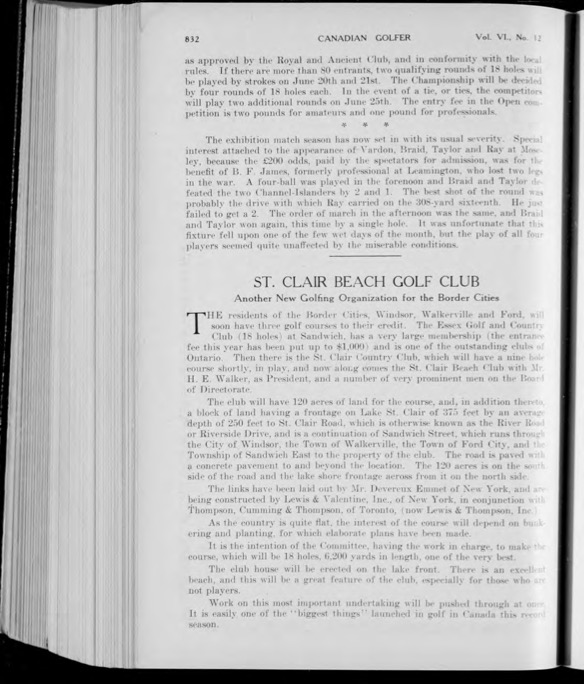
Perhaps the most confusing aspect of the entire situation is the restoration the club undertook in 2000 by Canadian architect Robert Kains, who wrote on his website: “A major restoration/renovation to this Stanley Thompson creation resulted in the rehabilitation of 81 bunkers, 56 tees, 2 greens, drainage, irrigation and cart paths.” As evident by the two aerials above, restoring this so-called ‘Stanley Thompson creation’ is very odd, given how different the aerials are. If Emmet did in fact design the original golf course, what creation did Kains restore it to? I suspect imagination.
At Beach Grove we have a course that remains true to Thompson’s vision: easily walked, bold in places, always picturesque and playable by all. […] Beach Grove’s classic Thompson styling means no round will be quite like the previous. Beach Grove Golf Club’s website
This is not without opposition, however. As stated, the club continues to refer to their golf course as a Stanley Thompson design, and as stated in James Barclay’s book The Toronto Terror cited from The Canadian Golfer, “Stanley Thompson and Co. Ltd. laid out this fine property” in reference to Beach Grove. However, the Stanley Thompson historian would later acknowledge Emmet’s part in Beach Grove eight years following his Stanley Thompson book in a Windsor Star article. Even the Stanley Thompson Society credits Emmet as the architect, with Thompson’s firm handling construction. During the Golden Age in Toronto, this was not a one-off instance: Thompson built York Down for C.H. Alison, as well as Lakeview for Herbert Strong.
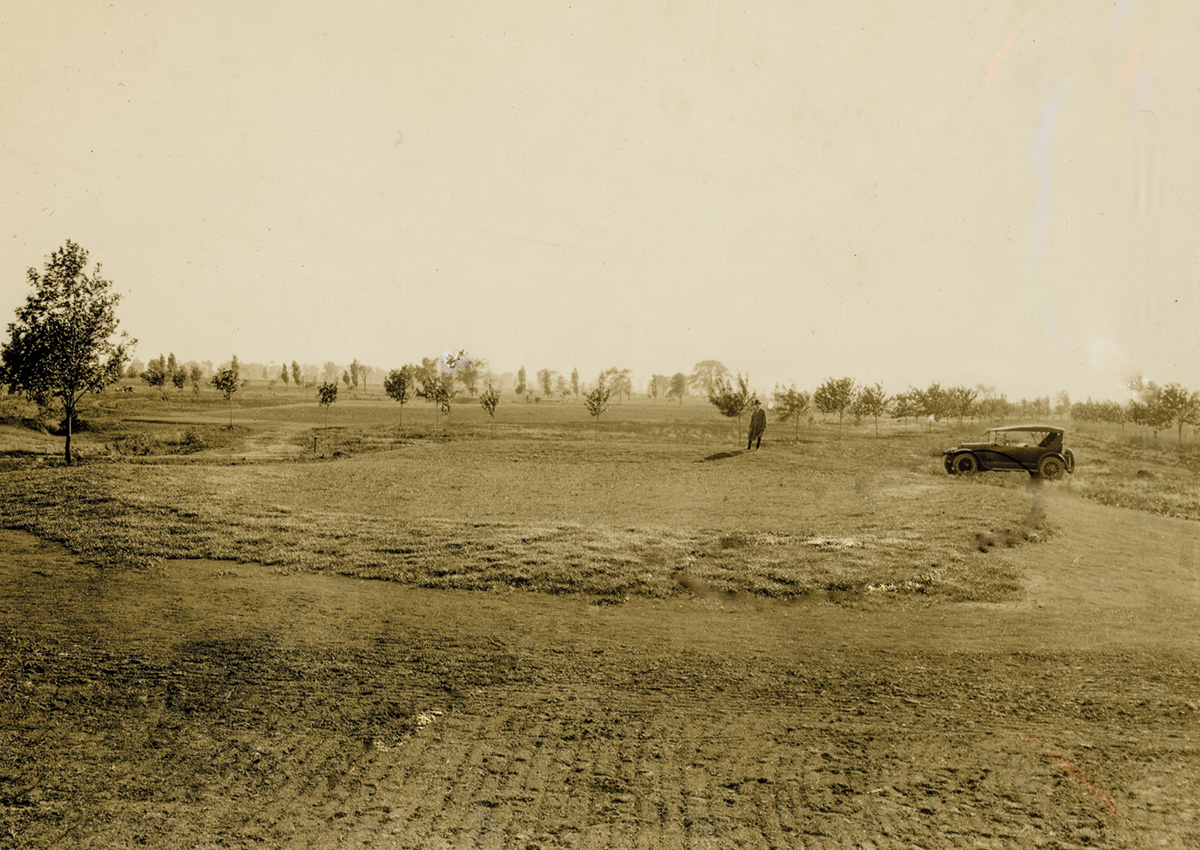
Why is this important? If the club is doing well, and the membership likes the golf course… what is the deal? Emmet, while important during the Golden Age, did not have the reputation of a Ross, Mackenzie, or Thompson. At Beyond The Contour, we have written frequently about restorations and the impermanence in preserving history, but when an opportunity like Beach Grove has, to completely change the course of their club, we need to pay attention. The opportunity to restore means Beach Grove will no longer just be one of a hundred Stanley Thompson designs in Canada; rather, it would be the lone Devereux Emmet, and if properly restored, it has the opportunity to really be unique in the country. A quick peak at the sketch below indicates some very interesting architecture not currently represented in Canada. If I had the opportunity to be a clone in a long line of wanna-be Banff’s or St. George’s, or be the lone example of some unique features that cannot be found anywhere else in the country, I am taking the latter.
